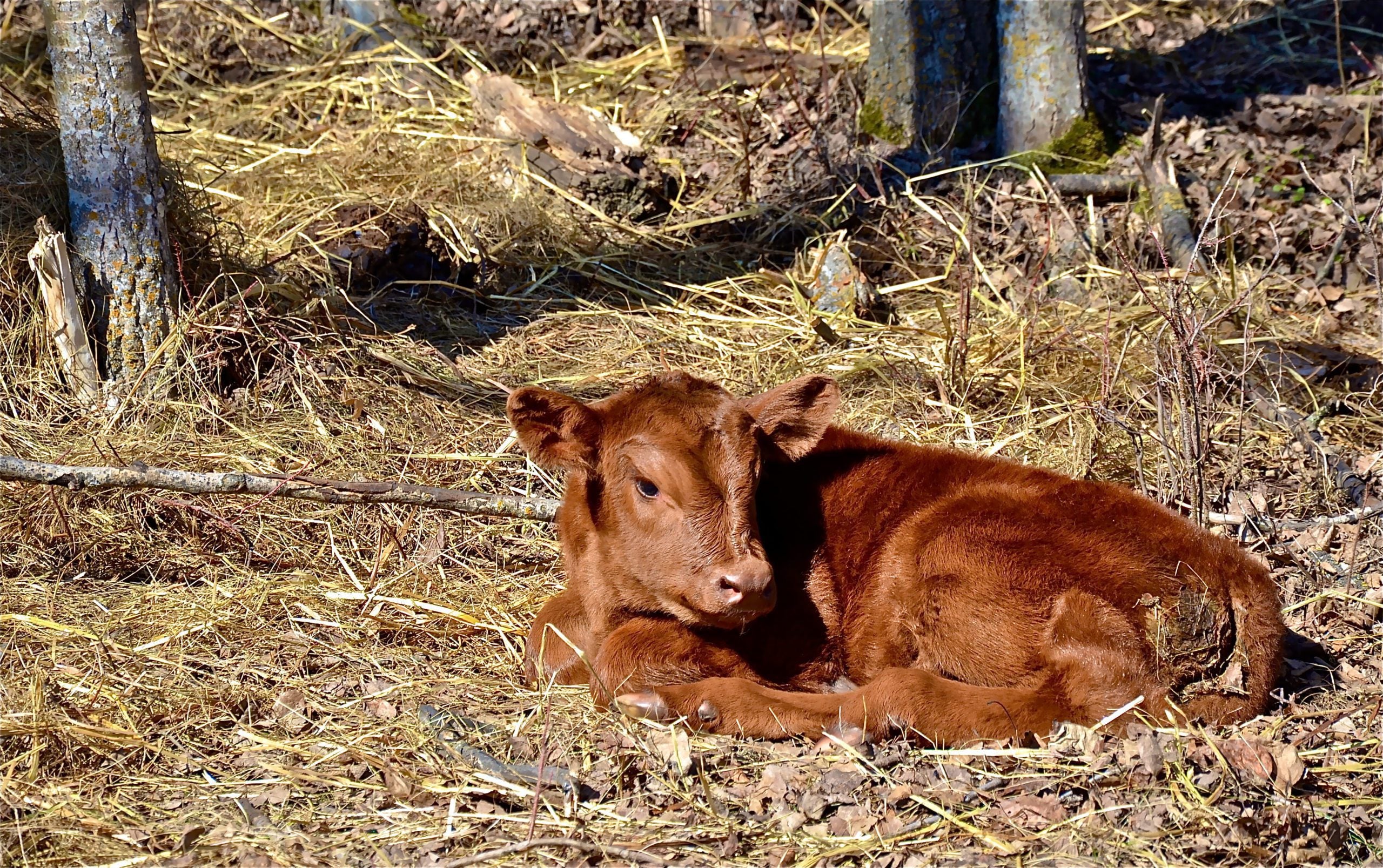| It’s a well-known fact that cattle producers face many problems that can cause productivity and economic losses. The leading cause of these losses, however, is usually a result of calf scouring (diarrhea).
It has been reported by the National Animal Health Monitoring System for U.S. dairy, that half of the deaths in unweaned calves (calves who are usually younger than 8 or 9 months of age) were due to scours. There are multiple agents that can cause a calf to develop scours, such as malnutrition, stress, and infectious pathogens, with the leading and most common cause being a pathogen that is best known as E. coli (Escherichia coli). E. coli is a species of bacterium that inhabit the stomach and intestines of calves and, “can be classified into six pathogroups based on virulence scheme: enterotoxigenic E. coli (ETEC), shiga toxin-producing E. coli, enteropathogenic E. coli, enteroinvasive E. coli, entero aggressive E. coli, and enterohaemorrhagic E. coli.” (Cho, Yong-Il) Among the six types of E. coli, ETEC is the leading cause of neonatal diarrhea as this bacteria produces toxins that stimulate the lining of the intestines. This stimulation causes the intestines to secrete excessive fluid, which then becomes diarrhea. In order for ETEC to stimulate the intestine and cause diarrheal diseases, it must first colonize, or adhere to intestinal mucosal membranes in the intestine of the calf. This is done as a result of pili or fimbriae, which are adhesins found on the surface of the bacteria, and are known as K99 adhesin antigen. When a calf becomes infected with ETEC, they will produce an abundant amount of diarrhea and experience abdominal pain. E. coli will also prevent the calf from absorbing the water and nutrients found in their dam’s milk, as most of the water and nutrients in the calf will be lost in diarrhea. Once infected, the calf will lose fluids, minerals, and salts (electrolytes) which results in dehydration and acidosis, and being that a calf is 70% water at birth, the mortality rate is high. When a calf is suffering from scours, it is quite apparent in their appearance as they may show several symptoms such as sunken eyes, weakness, dryness in the mouth or nostrils, depression, and weight loss to name a few. The best action to combat scours caused by E. coli is through preventative action, as treatments to reverse scours can prove to be expensive and sometimes futile measures. E. coli is usually transmitted from the consumption of contaminated food and water, from insect bites, and unsanitary living conditions. To reduce the likelihood of a scour outbreak, a calf must first and foremost have a strong digestive system. This means that it is at an optimum pH and is primed to absorb water and nutrients. It is advised to always provide clean feed and water to the calves, keep them properly vaccinated with the latest vaccines, provide clean living quarters, and, perhaps most importantly, keep their stress as low as possible. Understanding the causes of calf scours will allow producers to provide preventative measures to protect their investments and livestock; this includes having a firm understanding of E. coli and the effects it can have on the young calf. SourcesBaecker, P A et al. “Expression of K99 adhesion antigen controlled by the Escherichia coli tryptophan operon promoter.” Infection and immunity vol. 56,9 (1988): 2317-23.Cho, Yong-Il, and Kyoung-Jin Yoon. “An overview of calf diarrhea – infectious etiology, diagnosis, and intervention.” Journal of veterinary science vol. 15,1 (2014): 1-17. doi:10.4142/jvs.2014.15.1.1E. coli.” Britannica Academic, Encyclopædia Britannica, 6 Jun. 2011. academic-eb-com.aurarialibrary.idm.oclc.org/levels/collegiate/article/E-coli/472242. Accessed 17 Apr. 2019.“Enterotoxigenic E. Coli (ETEC) | E. Coli | CDC.” Centers for Disease Control and Prevention, Centers for Disease Control and Prevention, 2014, www.cdc.gov/ecoli/etec.html.Henderson, Greg. “Calf Scours: Causes, Prevention and Treatment.” Drovers, www.drovers.com/article/calf-scours-causes-prevention-and-treatment-0.Stokka, Gerald, and Louis Perino. “Calving Tips: Going To War On Calf Scours.” Beef Magazine, 26 Dec. 2018, www.beefmagazine.com/mag/beef_vets_opiniongoing_war. |





